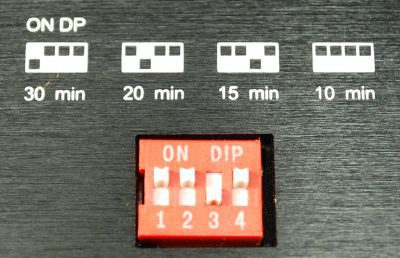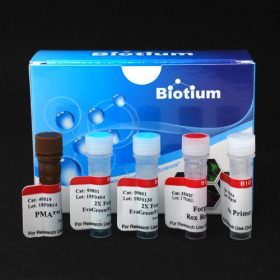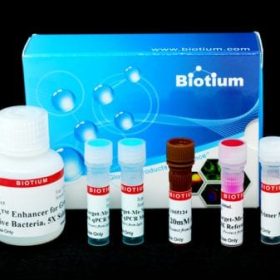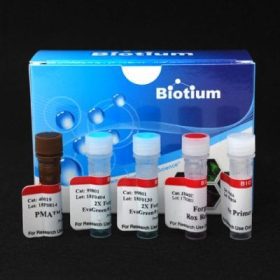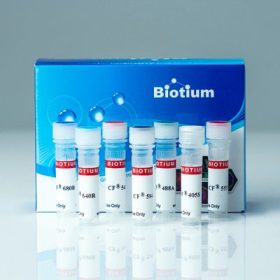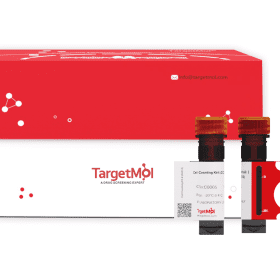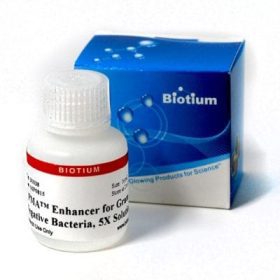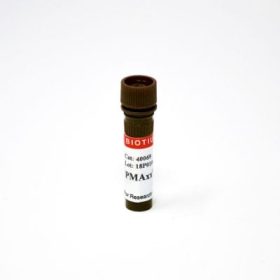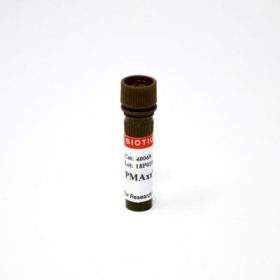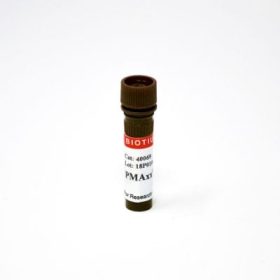Biotium products are distributed only in Singapore and Thailand.
A blue LED photolysis device designed for photoactivation of PMAxx™ and PMA in viability PCR.
Product Description
The PMA-Lite™ LED Photolysis Device is a light-weight LED light box designed for optimal photolysis of PMAxx™– or PMA-treated samples in viability PCR applications. Each purchase of PMA-Lite™ Photolysis Device includes a free trial size of PMAxx™.
Features
- Holds up to 18 vials (1.5-2 mL size)
- Multiple blue LEDs provide even illumination to the sides and bottoms of all vials
- Internal fan to maintain temperature ≤37°C
- Timer for 10, 15, 20 or 30 minutes of photolysis
- Universal outlet adapter included for customers outside North America
- Two-year warranty from date of purchase
Specifications
- Dimensions (W x D x H): 8.25 x 6.25 x 2.625 in. (21 x 15.9 x 6.7 cm)
- Weight: 3 lb. 10.7 oz. (1.66 kg)
- Frequency Range: 50~60 Hz
- Power Range: 100~240 VAC
- Internal 120/240 V converter
- Maximum Power: 60 W
- LED Output Wavelength: 465-475 nm
Viability PCR
Viability PCR is a powerful technology for the sensitive and rapid detection of viable microorganisms. Unlike time-consuming culturing methods, qPCR is a fast and sensitive method of detection. However, normal qPCR does not distinguish between live and dead cells. With v-PCR using PMAxx™ or PMA, you get the speed, sensitivity and specificity of PCR, plus quantifiable viability. And because no culturing is required, you can even detect viable but not culturable (VBNC) bacteria. The v-PCR technology can be applied not only to bacteria but to other organisms like yeast, viruses, eukaryotes, and archaea.
To learn more about the advantages of determining microbial or cell viability using viability PCR, visit the Viability PCR Technology Page.
References
1. Front Microbiol (2015) 6, 295 doi:10.3389/fmicb.2015.00295
2. Food Control (2015) Nov pp185-189 doi:10.1016/j.foodcont.2015.03.050
3. Appl Microbiol Biotechnol (2015) 99, 6451-646. doi:10.1007/s00253-015-6715-x
4. Food Microbiol (2015) 52, 159-168 doi:10.1016/j.fm.2015.07.013
5. PLoS One (2017) 12, e0171705 doi:10.1371/journal.pone.0171705
6. Environ Sci (2017) 3, 1061-1072 doi:10.1039/C7EW00184C
7. Int J Food Microbiol (2017) 244, 74-81 doi:10.1016/j.ijfoodmicro.2016.12.012
8. Chemosphere (2017) 189, 399-406 doi:10.1016/j.chemosphere.2017.09.087
9. Lett Appl Microbiol (2018) 67, 79-88 doi:10.1111/lam.12992
10. Appl Environ Microbiol (2019) 85:e00334-19 doi:85.10.1128/AEM.00334-19
Find a list of PMA and PMAxx™ references and a list of validated bacterial strains under Supporting Documents.


